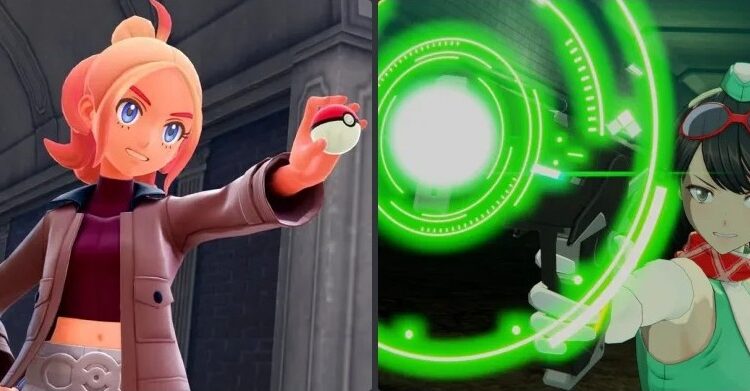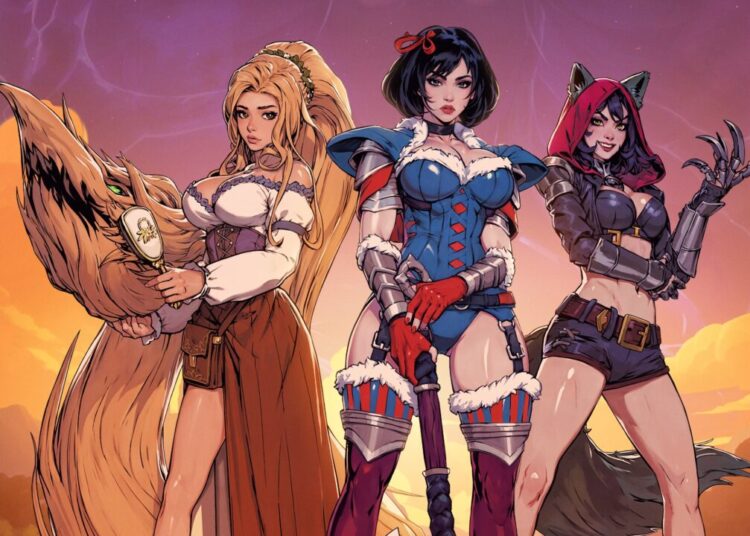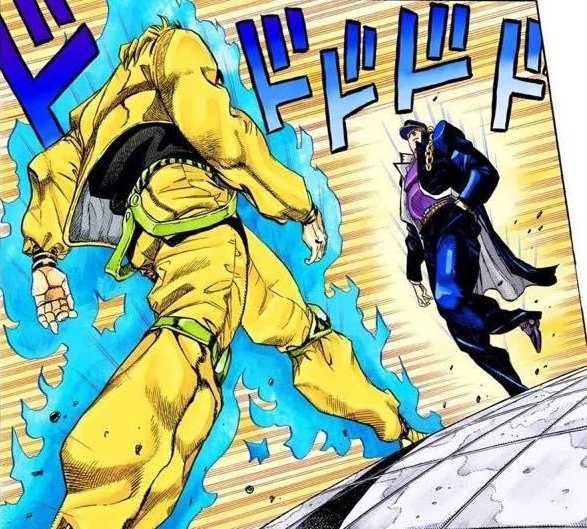First announced as the fourth character in the Super Smash Brothers Ultimate DLC character pass, Terry Bogard’s reveal left the Smash Bros. community with some divisive feelings. Despite some recognizing the SNK icon, the majority of comments seemed to be a mix of confusion, disappointment, and in some extreme cases, anger over the unfamiliarity of the character. Due to the general lack of overlap between the Smash Bros. community and the fighting game community, most people were unaware of Terry and his legacy. Many memes and nicknames, such as “Hat Ken” and “Swole Pokemon Trainer” came about and it also did not help that Terry’s reveal was overshadowed by the reveal of Sans from Undertale in the same Nintendo Direct special.
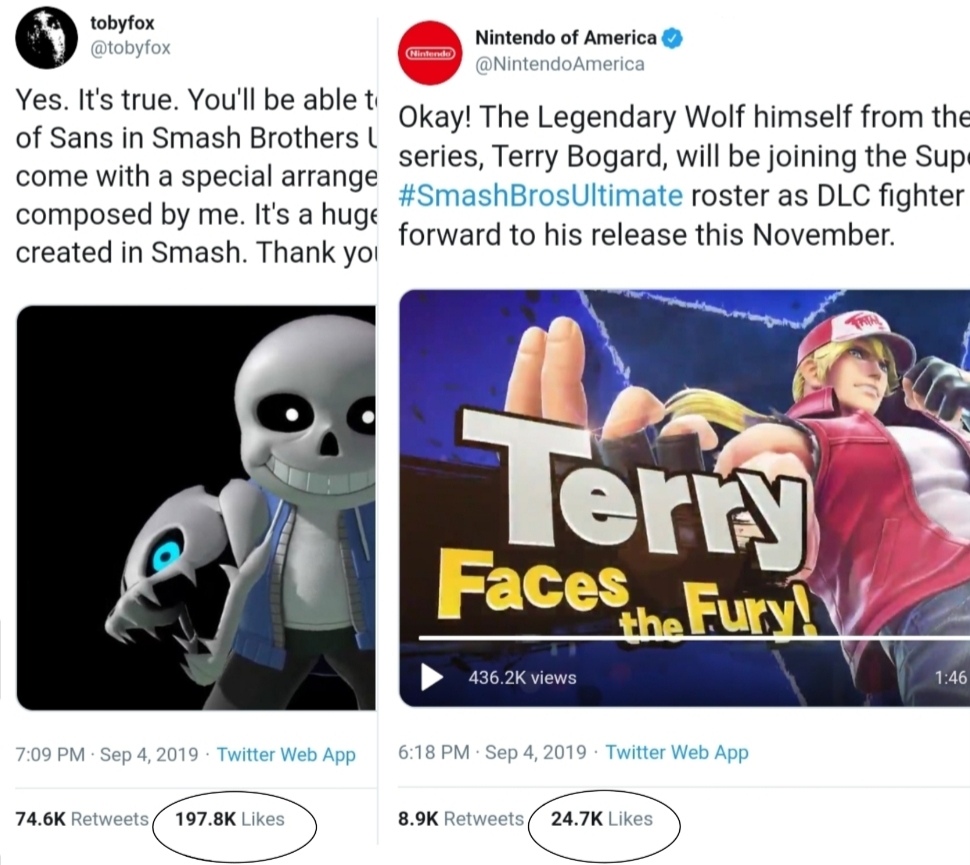
However, after his release on November 6th, the general consensus around Terry became much more positive due to his technical gameplay, strong competitive ability, as well as his now prominent tournament presence — most recently making an appearance in Dreamhack Winter by top player Leffen in the grand finals. While the general opinion of his inclusion has mostly turned around, it seems many are still unaware of how truly influential Terry Bogard is, not only Smash Bros, but also to fighting games in general.
As series creator, Masahiro Sakurai mentions at the beginning of the Terry Bogard Nintendo Direct, Terry comes from the Fatal Fury series. The game was released in 1991 for the Neo Geo MVS arcade system. At the time, the fighting game craze was at it’s strongest and the king was Capcom’s Street Fighter II which dominated arcades in both Japan and the United States. One important note is that Capcom’s CPS arcade engine system that ran Street Fighter II and eventually other Capcom fighting games such as Darkstalkers and the Marvel vs. series, was much more expensive than the Neo Geo system. This lead to many regions whose arcades could not afford the steep prices of Capcom’s arcade games opting to buy the Neo Geo arcade systems instead, leading to the popularity of King of Fighters and other SNK games in places like China, Mexico, and Latin America that are still going strong to this day.
Fatal Fury was designed by original Street Fighter creator Takashi Nishiyama after his departure from Capcom to join SNK and was meant to be a spiritual successor to the first Street Fighter. The game follows Terry Bogard and his brother, Andy, as they seek to get revenge against their father’s killer, Geese Howard. They enter the King of Fighters tournament that Geese hosts, hoping to corner him during the final fight. In between matches, Geese would appear and taunt the player, thus making the player feel more connected to Terry’s journey. This focus on narrative was unique among fighting games at the time and was perhaps one of the bigger draws to the game. Fatal Fury and its future installments would also be known for introducing original mechanics such as being able to knock opponents out of the ring for an instant win and being able to jump into the background and foreground. Terry’s ability to use powerful hidden super moves at high percentages in Smash came from Fatal Fury‘s Desperation Moves — extra powerful moves that could only be accessed when a player’s life is low. These were some of the first instances of super moves; a mechanic that became a staple in almost every single fighting game afterwards.

While it did not take off as strongly in the west as its fellow fighting game juggernauts Street Fighter II and Mortal Kombat, it grabbed audiences in the regions where the Neo Geo arcades reigned, and was an overall success for SNK. This success allowed for SNK to produce future Fatal Fury sequels and spinoffs, including the Art of Fighting series and the famous The King of Fighters series which would go on to become SNK’s most successful and iconic franchise. Fatal Fury would also get its own anime in the form of two OVAs titled Fatal Fury: Legend of the Hunger Wolf and Fatal Fury 2: The New Battle, as well as a movie within the same continuity titled Fatal Fury: The Motion Picture.
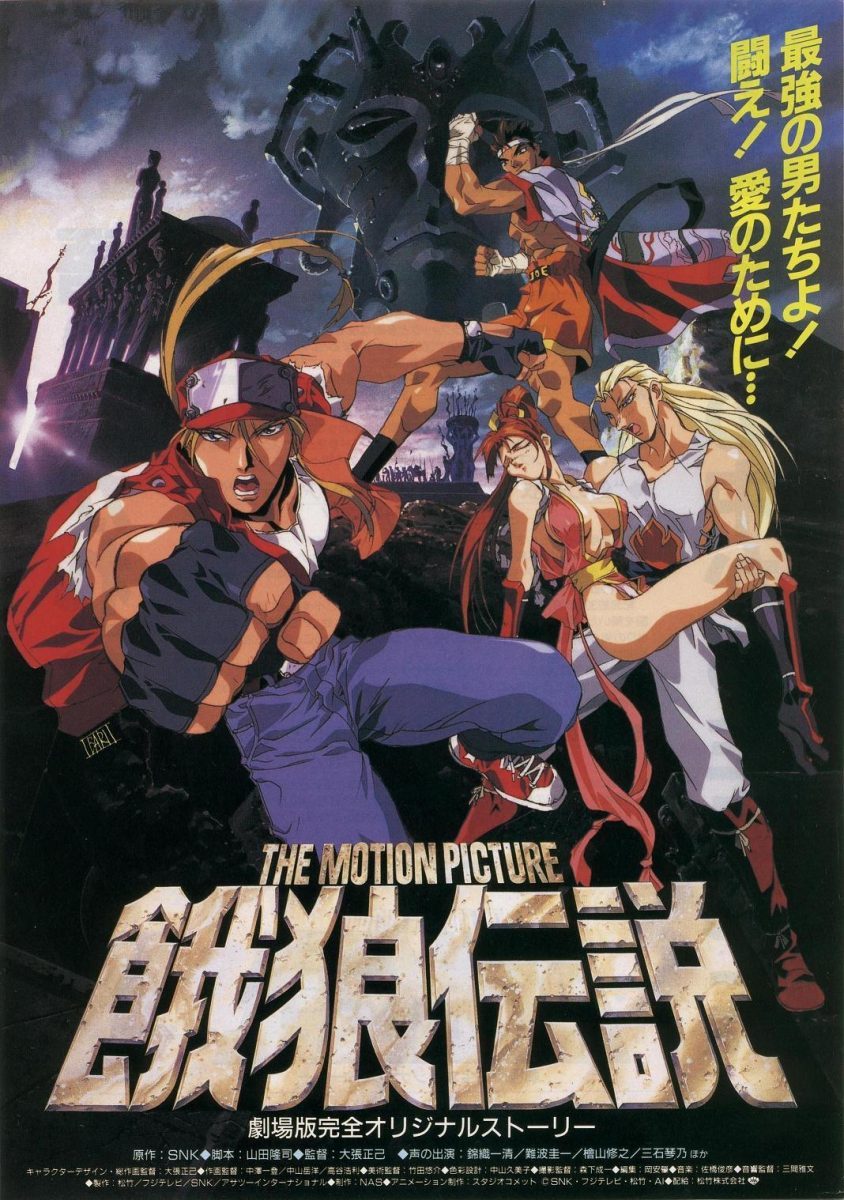
Terry would become both SNK’s mascot and a mainstay in The King of Fighters series, being playable in each version of the game and would also make crossover appearances in other companies’s games such as Arika’s Fighting EX Layer and the Capcom vs. SNK series. Other SNK characters would also gain popularity and make crossover appearances — the most impactful of these being Geese Howard’s guest appearance in Tekken 7, whose reveal sparked a massively positive reception.
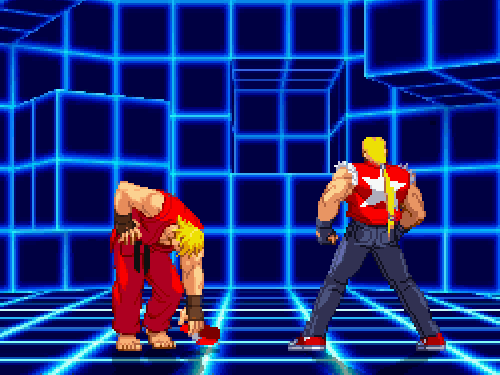
Yet perhaps the most compelling reason for Terry’s inclusion in Smash is the fact that series director Masahiro Sakurai is a fan of The King of Fighters himself. In a former column for Famitsu magazine, Sakurai mentions a time in his youth playing The King of Fighters in an arcade. He mentions having particularly “crisp” combos and utterly dominating a young couple that casually played against him. Sakurai also mentions that his time playing in arcades influenced his decisions as a game developer, so it is not surprising that there are elements in Super Smash Bros. that could have been influenced by The King of Fighters. Smash Bros. has an emphasis on aerial control, with players having access to air dodges, double jumps, and directional midair control — a concept shared with The King of Fighters that features 4 different types of jumps. Smash’s grounded evasive options, the dodge roll, and the spot dodge, also have parallels in The King of Fighters where players can dodge in place and return with a counterattack, or roll through attacks and go behind the opponent. Even the basic concept of winning by knocking your opponent out of bounds could have come from Fatal Fury’s ring outs — a mechanic that Sakurai replicated in Terry’s stage where the walls need to broken to launch the opponent out of them. It seems that without the influence of SNK’s games on Sakurai’s youth, he would have never made Smash Bros. the way it is.


